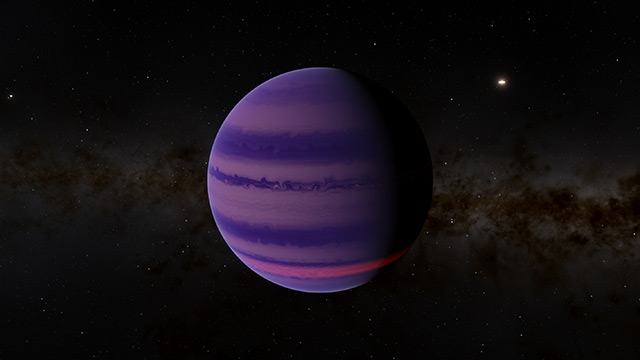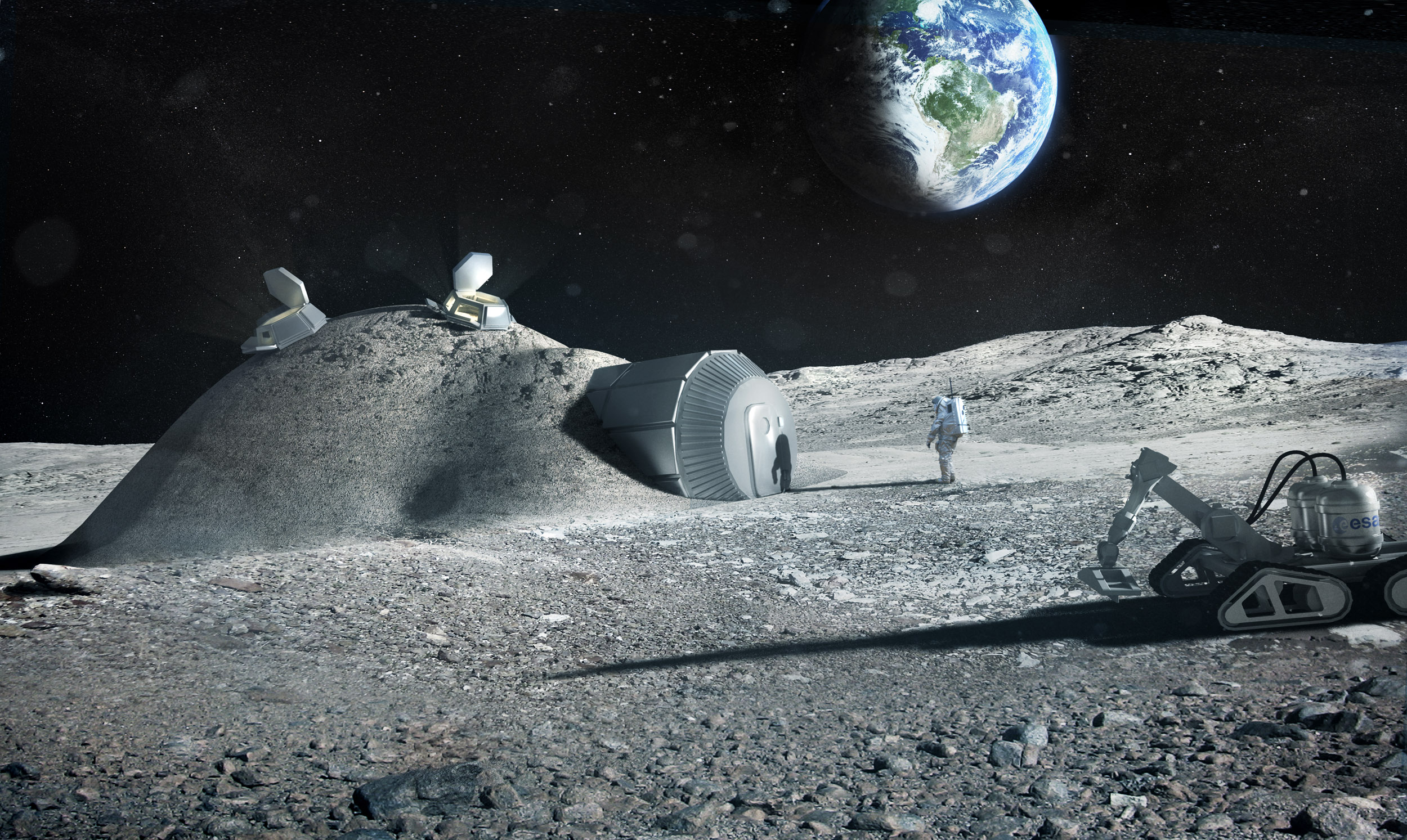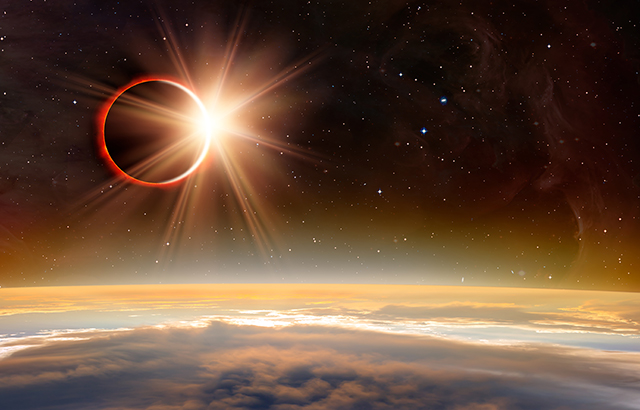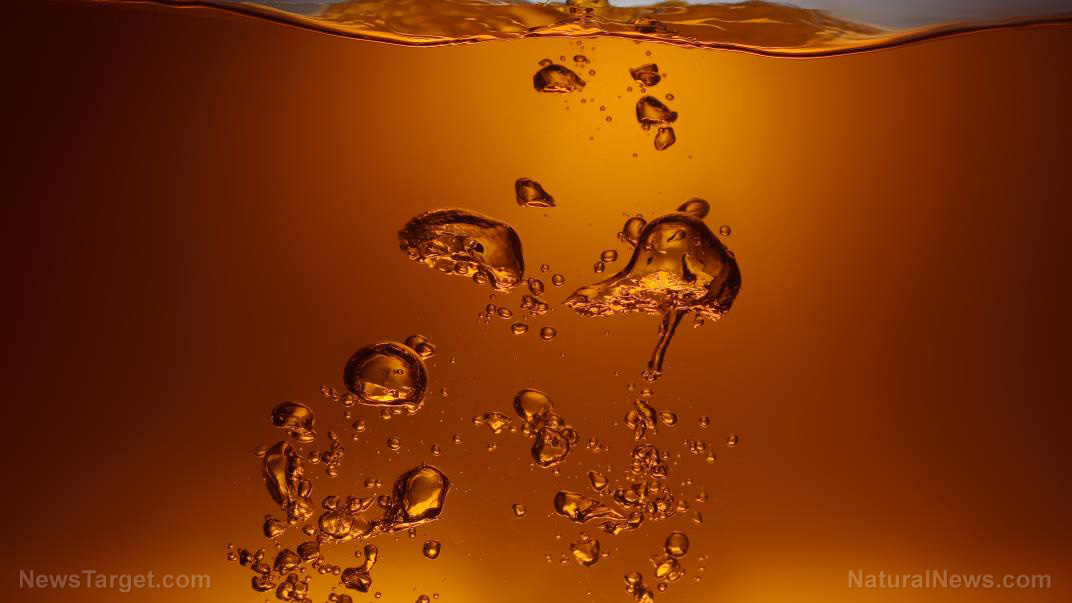Space junk poses severe hazard to astronauts and satellites and must be cleaned up, warn experts
10/31/2018 / By Rhonda Johansson

The European Space Agency (ESA) warns that millions of floating objects around our planet can lead to a disastrous collision in space. “Space junk” as the objects are called, could very well make certain regions of space unsuitable for travel and pose a very real threat to astronauts. In a new video, the ESA says that these floating objects could impact other objects with the force of an “exploding grenade.” Holger Krag, Head of Space Debris at ESA says, “It is not comparable to a gunshot. The energy contained in a one centimeter (0.4 inch) particle hitting a satellite at that velocity, roughly corresponds to an exploding grenade.”
Since the first Sputnik in 1957, there have been more than 4,900 space launches, resulting in millions of pieces of debris just orbiting the Earth. Most notably, only four percent of total spacecrafts are in working condition; the rest are junk. Around 64 percent of these objects are fragments from 250 breakups, explosions, or collisions of satellites or rockets. That’s around 750,000 fragments of space junk floating above this planet. ESA scientists say that these objects could potentially harm astronauts or technology, including the International Space Station (ISS).
“These collisions generate more fragments, and these fragments are candidates for new collisions to come. The largest fear we have is that we enter in [to] some sort of cascading effect, where one collision triggers the next one,” says Krag in an article on DailyMail.co.uk. “Over decades, the frequency of collisions might increase without human influence. That is a situation that might render some regions in space unusable for space flight and that would be a disaster.”
Krag’s assertions are not without basis. In 2009, the U.S. satellite Iridium-33 collided with a Russian satellite, Kosmo-225, in a cataclysmic event. This is considered one of the worst space debris events of all time, according to NASA. Its consequent effects of more space junk has the ESA, along with other agencies, very concerned about the future and safety of space travel and exploration.
Operation: Clean-up
Krag and other scientists around the world will discuss preventive and management measures in the 7th European Conference on Space Debris. There, they will suggest various solutions to clean up around 7,000 tons of space debris.
What are some of the things they have in mind? Harpoons and nets, mostly. A 2016 proposal by a research laboratory in England designed a bold solution to the cleanup initiative. The mission, called RemoveDebris, will test a range of devices that include harpoons, nets, and lasers to sweep up the litter.
Researchers built a RemoveDebris platform, a microsatellite researchers named RemoveSat. This satellite will launch “artificial” space junk in the form of small objects known as CubeSats to practice. From there, researchers will determine which of these three clean-up procedures is most appropriate:
- Nets: These would entangle the CubeSat which would fall back towards Earth and burn up.
- Harpoons: Project manager of RemoveDebris, Jason Forshaw explains that the harpoons would be “designed in such a way to contain debris from the impact face and also has an end-stop to prevent it from passing through the impact surface.”
- Drag sails: Attached to the platform, the sail will speed up the satellite’s return to Earth where it will burn up in the atmosphere. This system is being reviewed for future satellites so that they can be disposed of easily without leaving space junk.
As of this writing, RemoveDebris is still figuring out which method is most effective. Trials are taking place at low altitude, under 250 miles up. The mission is funded by the European Commission and comes with the price tag of around 13 million pounds ($13.9 million).
“The problem with so much junk up there now is it is actually starting to prove a real issue, and the chance of collisions is increasing all the time,” concluded Forshaw in an article on PopularMechanics.com. “The reality is you are spending a small amount now to prevent huge disasters from occurring in the future.”
Learn more about space debris and its impact on our solar system at Space.news.
Sources include:
Tagged Under: astronauts, cosmic, safety in space, Space, space cleanup, space debris, space exploration, Space Junk, space tourism, space travel


















